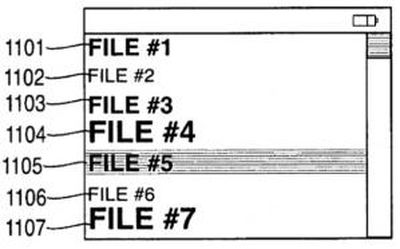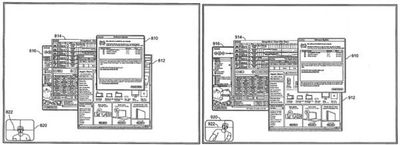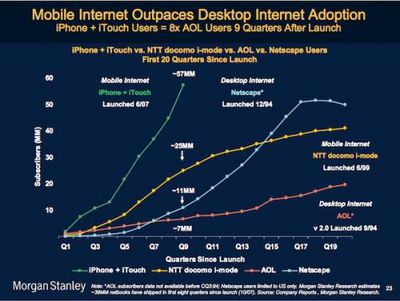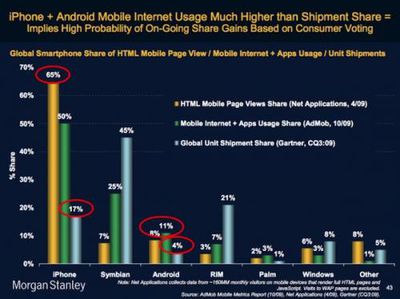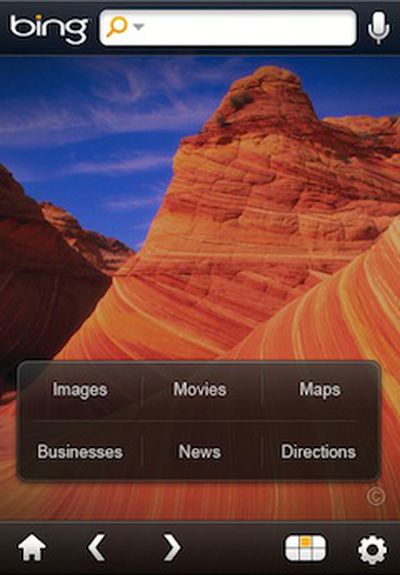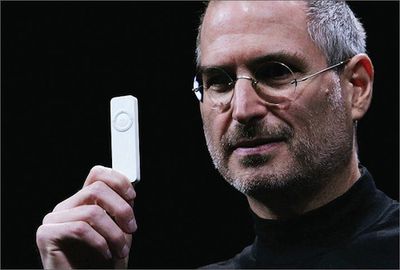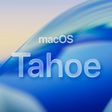A notice posted earlier this month in the forums of VideoLAN, the open-source team behind the popular VLC media player, reveals that a lack of Mac volunteer developers for the software has forced the project organizers to consider new plans for the Mac version of VLC going forward. The forum post, which has since been replaced with a static page, explains that the lack of manpower on the Mac front has resulted in lagging development, primarily on the user interface.
Indeed we have a kind of lack of manpower on the Mac interface of VLC.
The VLC core (in C) and most other plugins work pretty fine, just not the OS X GUI (1% of the code of VLC) in Objective-C.
That explains the issues you have seen in latest version of VLC 1.0.x on mac, and the drop of 64bits version in 1.0.3
VideoLAN hints at a couple of tactics for addressing the problem, including a possible shift to the use of an alternative Qt interface. The organizers interestingly note, however, that Apple has apparently been uncooperative in relation to the VLC project, offering roadblocks to the application's development. Aside from VLC's competition with Apple's QuickTime Player, it remains unclear exactly what Apple's objections are.


